Choosing an English Sparking Wine for New Years Eve at Gusbourne Vineyard
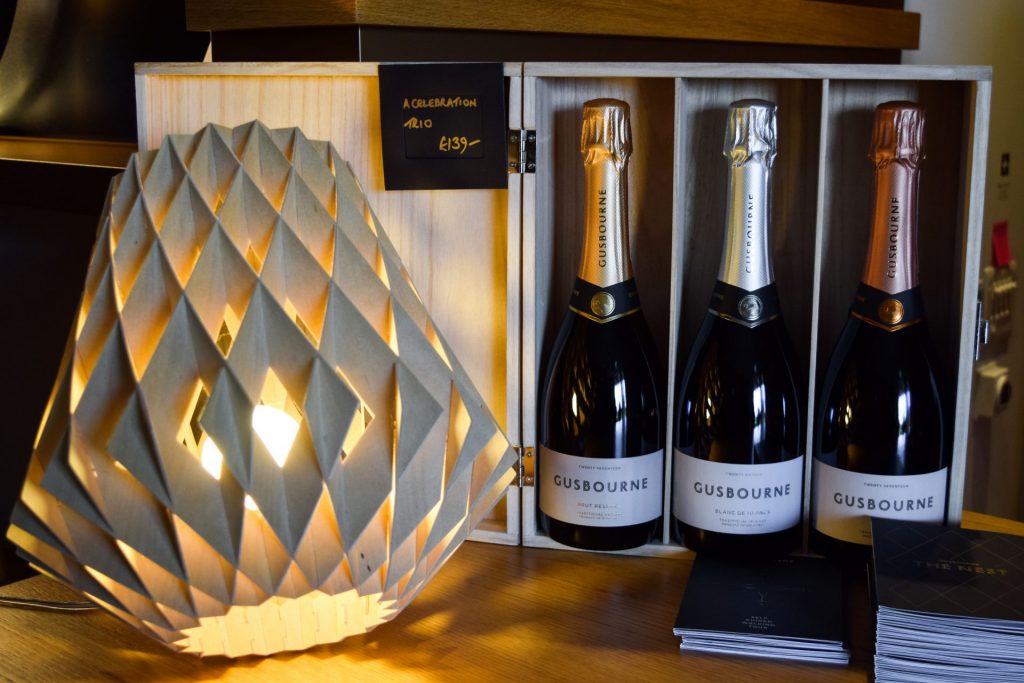
How was everyones Christmas? As we turn from the big meal and look toward our New Years Eve celebrations, I know most of you, like me, will be planning a quiet one at home this year – while last year I did a steak night, this year I’ve got my eye on a Thai menu – and with that you’ll need to pair the perfect bottle of fizz!
As pretty much every regular reader knows I’m a massive advocate for English Sparkling Wine, so when the team at Gusbourne – in my mind producers of some of the very best English Sparkling Wine, which also incidentally happens to be hyper local to me to the point I plan on walking there next summer for a glass in the sunshine – invited me on one of their vineyard tours I jumped at a chance for a guided walk around their vines (though you can just turn up and set out by yourself!) before a tasting of some of their slightly more special vintages.
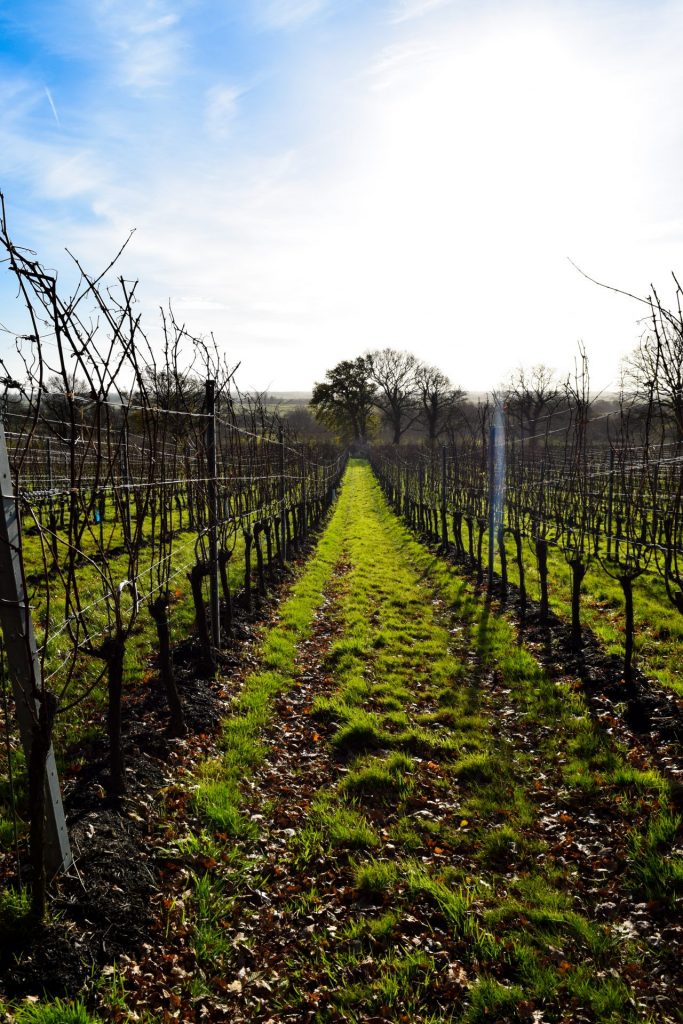
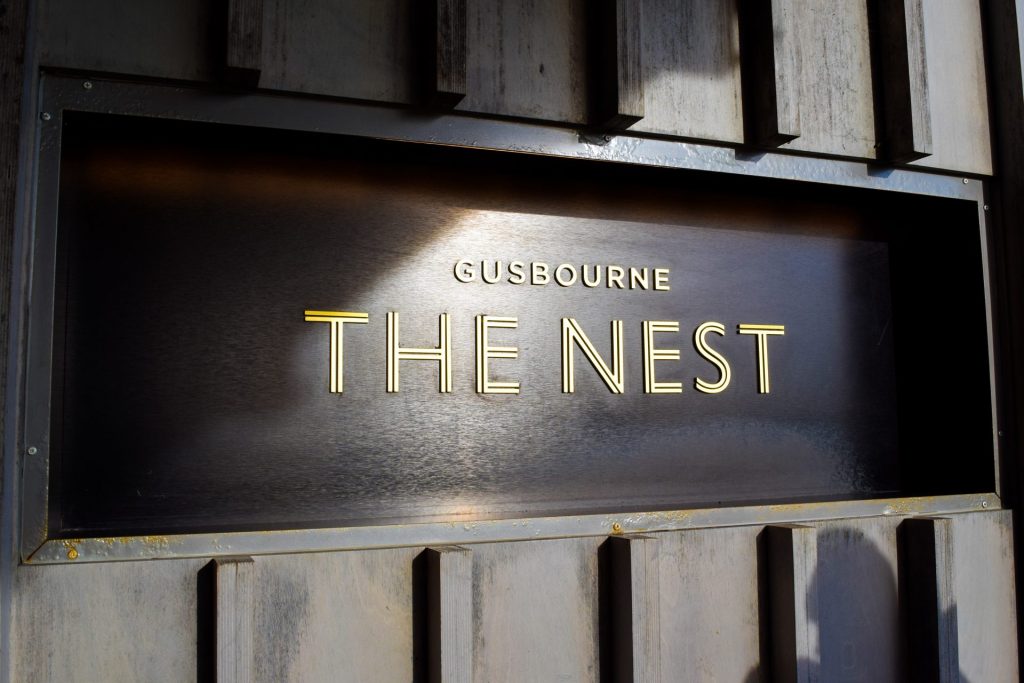
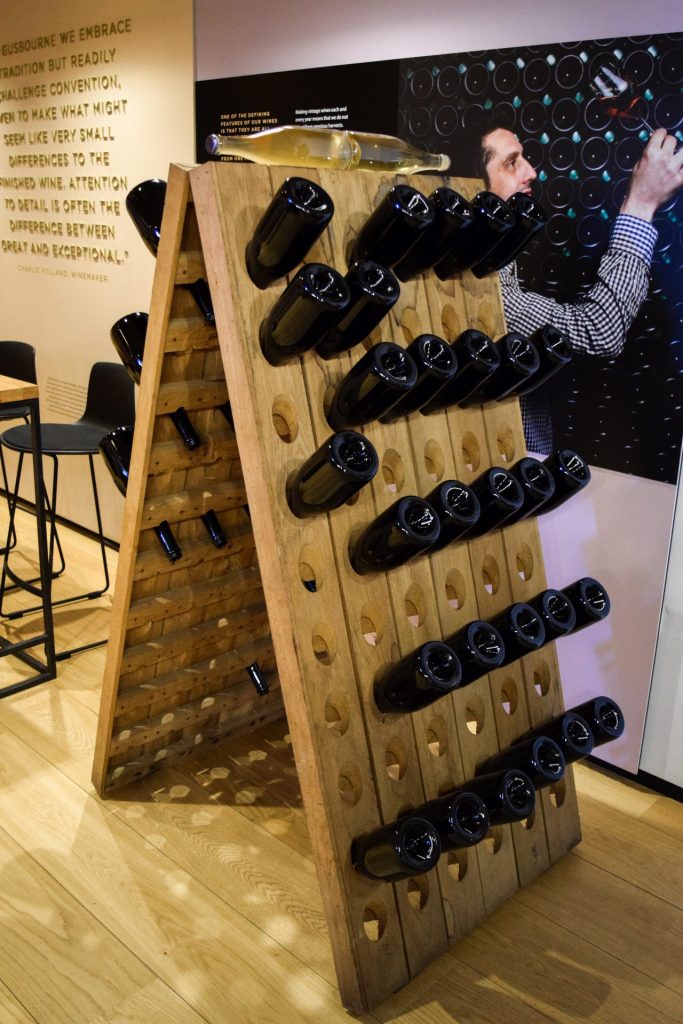
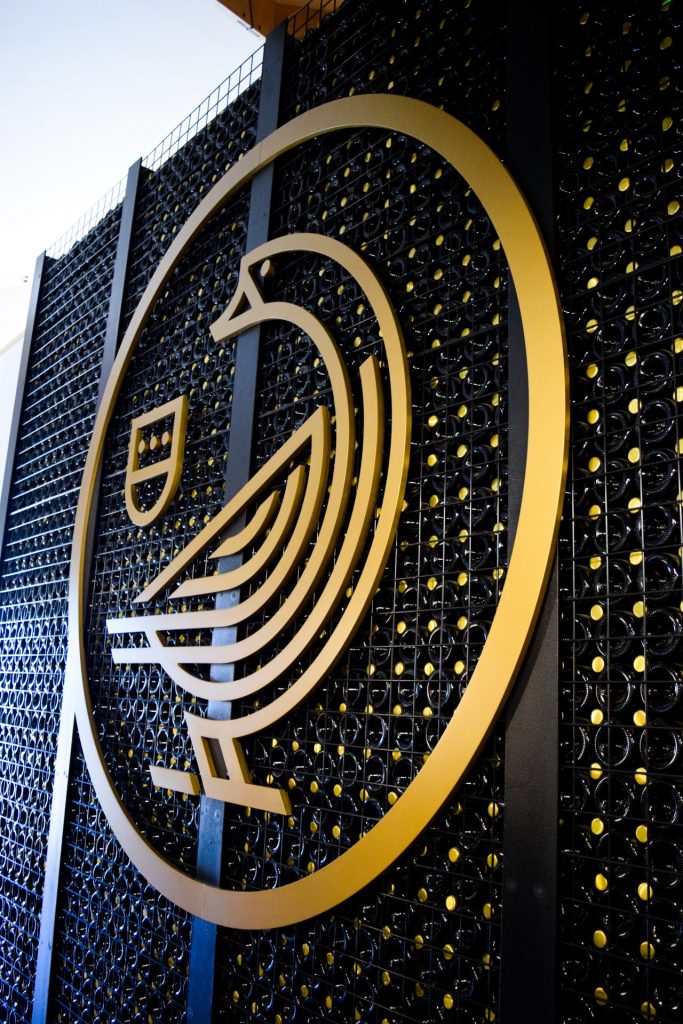
If you book one of their vineyard tours around about now (you can do so here!) hopefully you’ll turn up on a cold, yet crisp and beautifully sunny morning like we did. Gusbourne only put their own grapes into their wines from their Kent snd Sussex vineyards (all hyper local, Sussex is so close we sometimes go to Rye for dinner!) so their compact winery is what you’ll see on the way to The Nest, their tasting and tours hub where you can also buy all of their wines at the winery door.
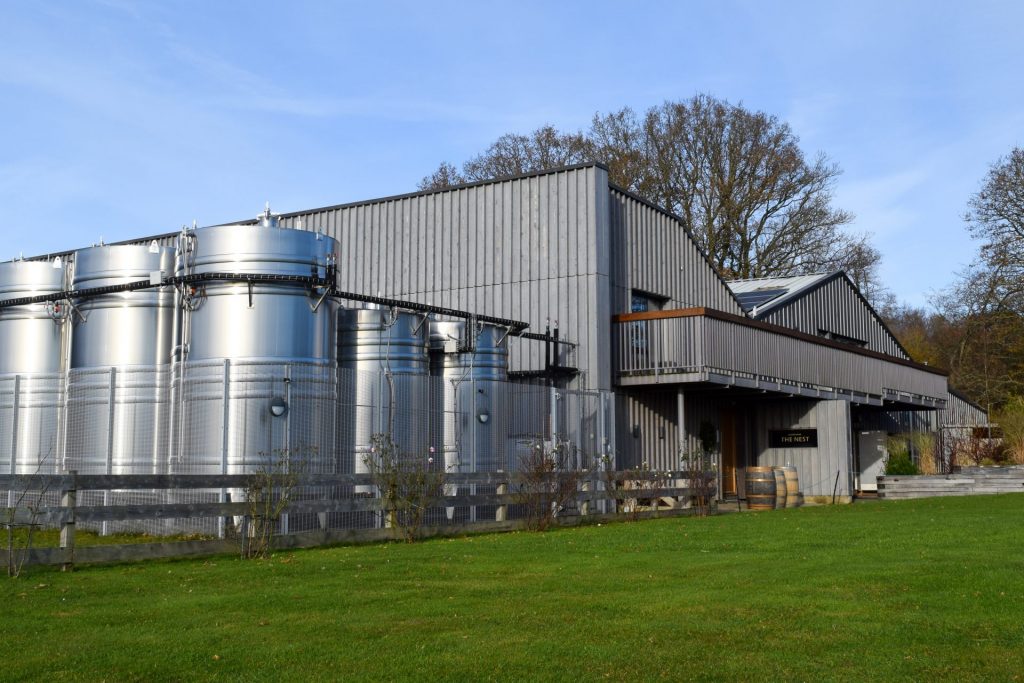
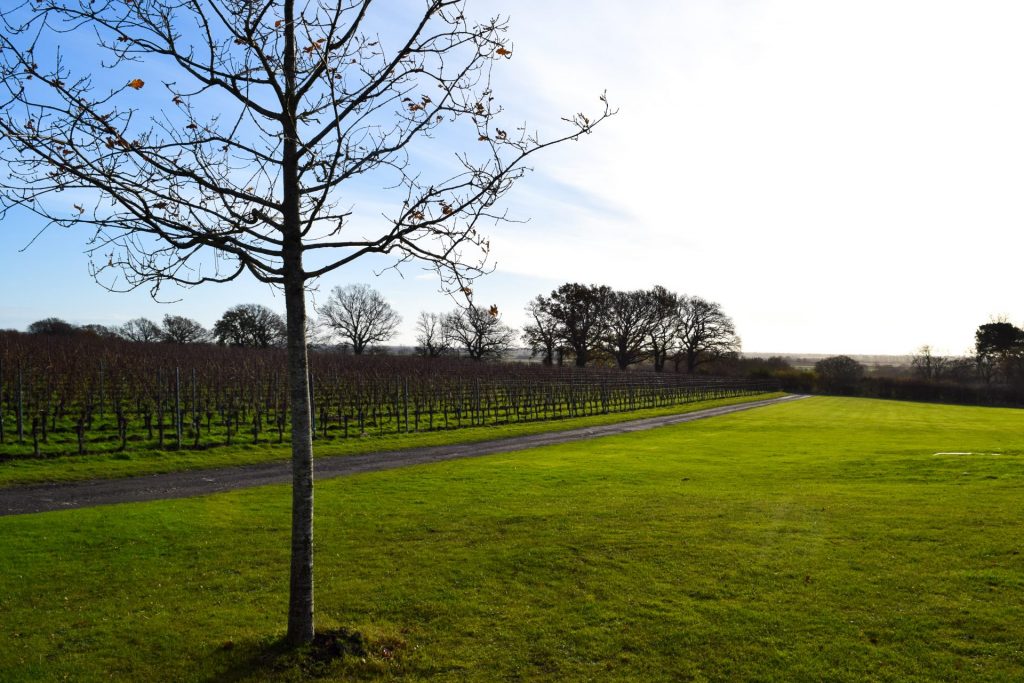
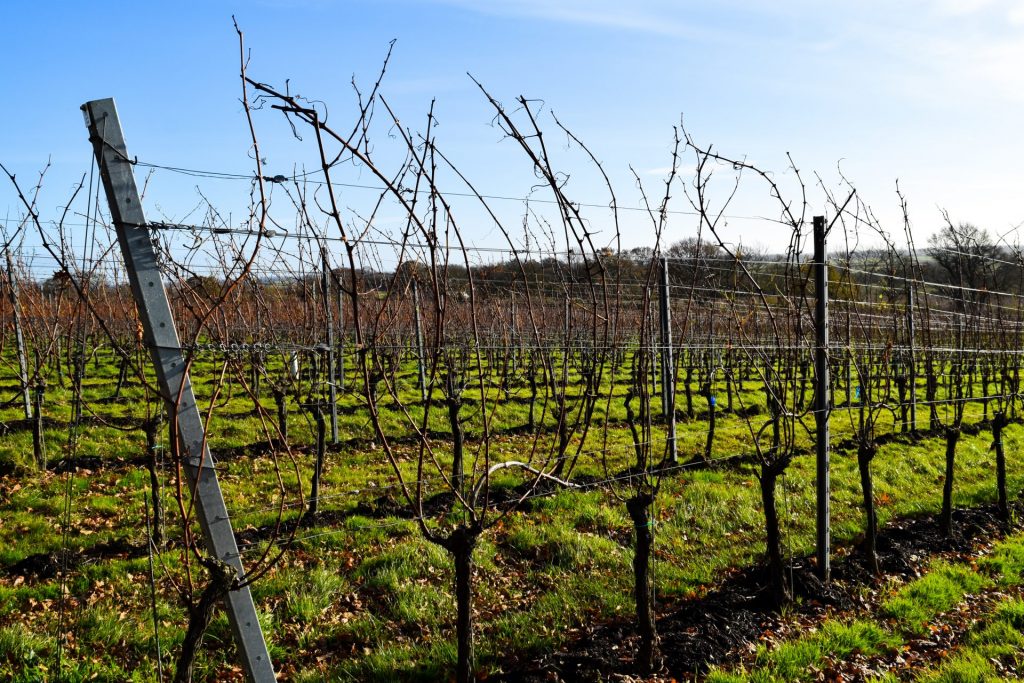
The wonderful Anna was our guide for the day as we all set out on a walk up the hill to explore the vines and learn a bit more about their wines: I’ve done a lot of vineyard tours before, in England, France and Spain, both public, for the press and private when I’ve been writing features and honestly, Anna was the best guide I’ve ever had. Personable, highly knowledgeable and engaging she had so many interesting wine facts for people of all wine knowledge levels in the group, and from now on when people ask me to recommend a single vineyard tour, Gusbourne is where I’ll send them.
A few things we (my Dad was also invited along, and my mother gatecrashed, but more on that in a moment!) learned on our tour:
- Gusbourne was planted up as a vineyard on a hunch by South African doctor Andrew Webber in 2004, but it’s name comes from John de Goosebourne who took on the land when he came over from Normandy in 1410 – his heraldic shield of geese is where the vineyard logo comes from, as well as it’s name!
- They only grow the noble champagne grapes: chardonnay, pinot noir and pinot meunier. If you visit when the vineyard roses are in bloom, white roses mark out the chardonnay rows, red for pinot noir, and peach for the pinot meunier.
- All of their vines are planted on a south facing slope to give them a little help: the ideal location for winemaking is between 30-50 degrees from the equator, and Gusbourne sits at 51. It does however help that their highest point is only 40m above sea level, some of the vineyards sitting at only 4-5m, helping keep things nice and warm for the harvest!
- The minerality in the wines come from the mix of soil, sand and shells as most of their vines are planted across the old Saxon Way, reclaimed land from the sea. They also have a good mix of soils: their Kent vineyards are on clay (tell me about it, my garden is currently flooded again!) and in Sussex they have the benefit of chalk.
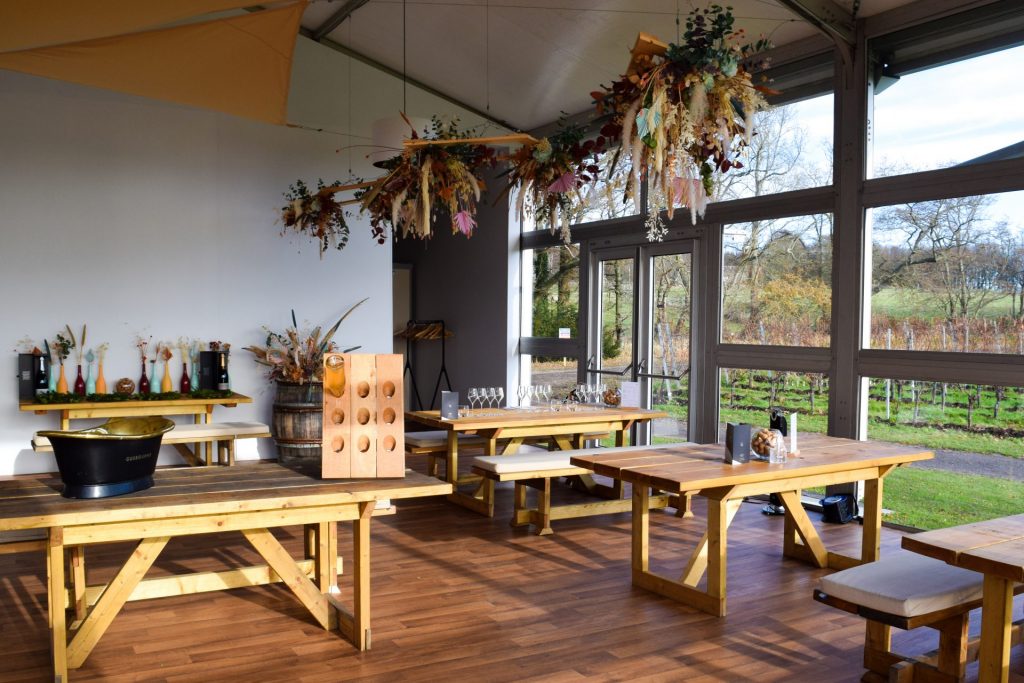
After the tour, we headed into their beautiful new tasting marquee, set up where the tasting tent usually is during the summer. Yes, I had New Years Eve on the brain when I was tasting, but the main reason we were invited to Gusbourne was to try and convert a naysayer: the social media team have noticed that every time I eat out with my mother we both enjoy a glass of Gusbourne (happily readily available locally!), but we have to leave off if it is not by the glass when my Dad or J are with us, as both of them protest they can’t stand any and all English wine. So, I was asked to bring one of them with, in an attempt to prove them otherwise!
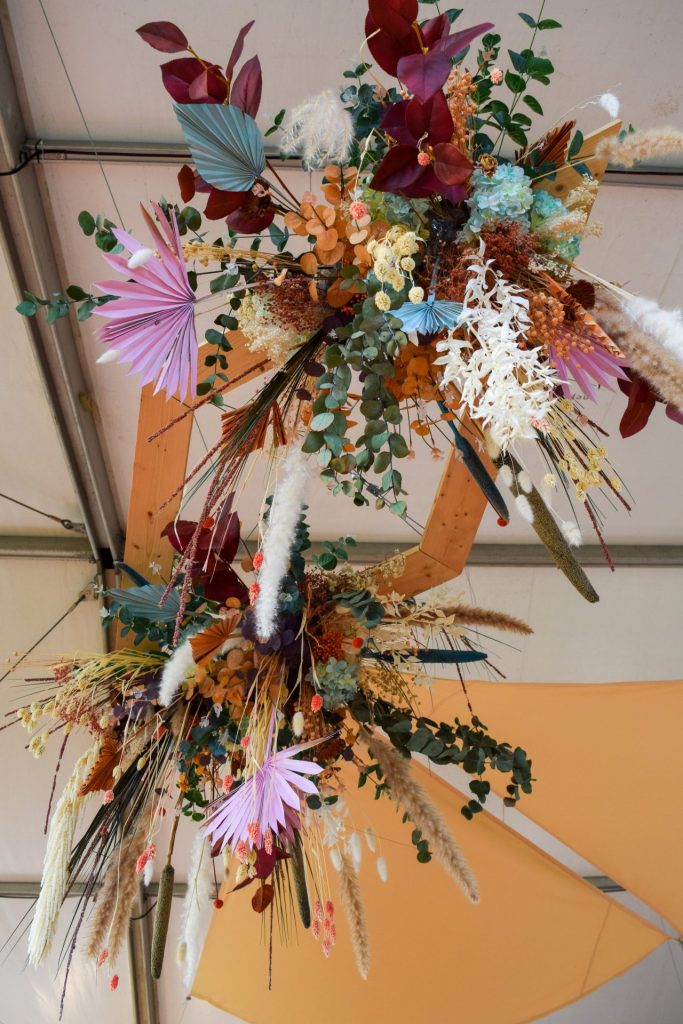
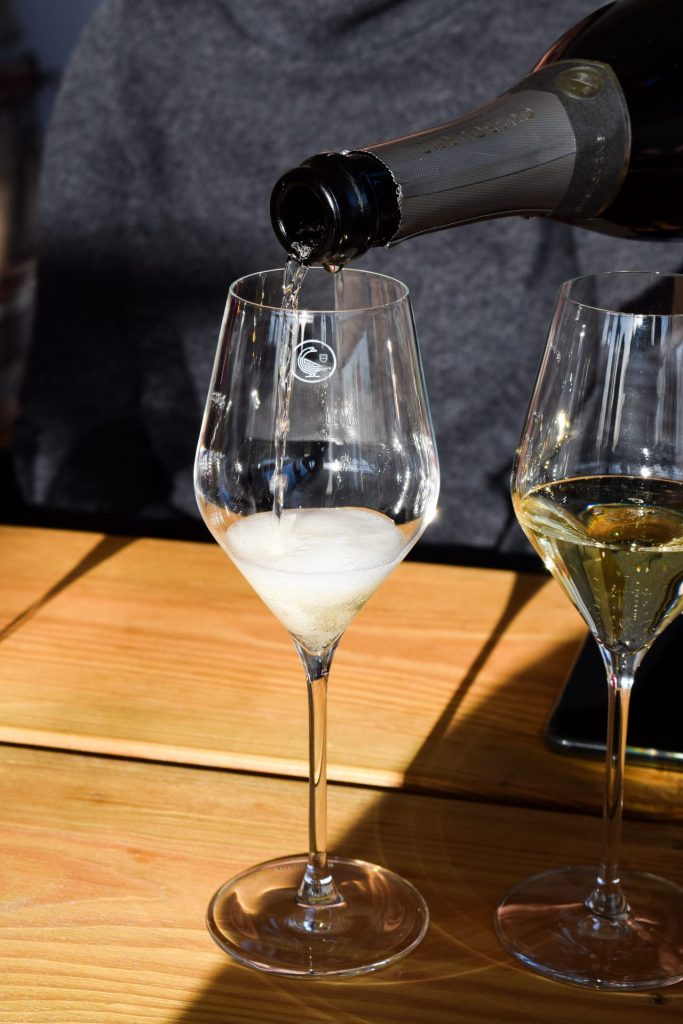
Anna led the tasting, which was both casual and informative (and I’m talking about both her narrative and the tasting cards that had been left out for us), each group nicely distanced on our own tables. We worked our way through the 2017 Brut Reserve, 2017 Rose, 2018 Blanc de Noirs, the super special 2016 Blanc de Blancs (which, by the way, is my NYE pick) and just for a little bit of contrast, the limited edition 2020 Pinot Noir, which is a still rose.
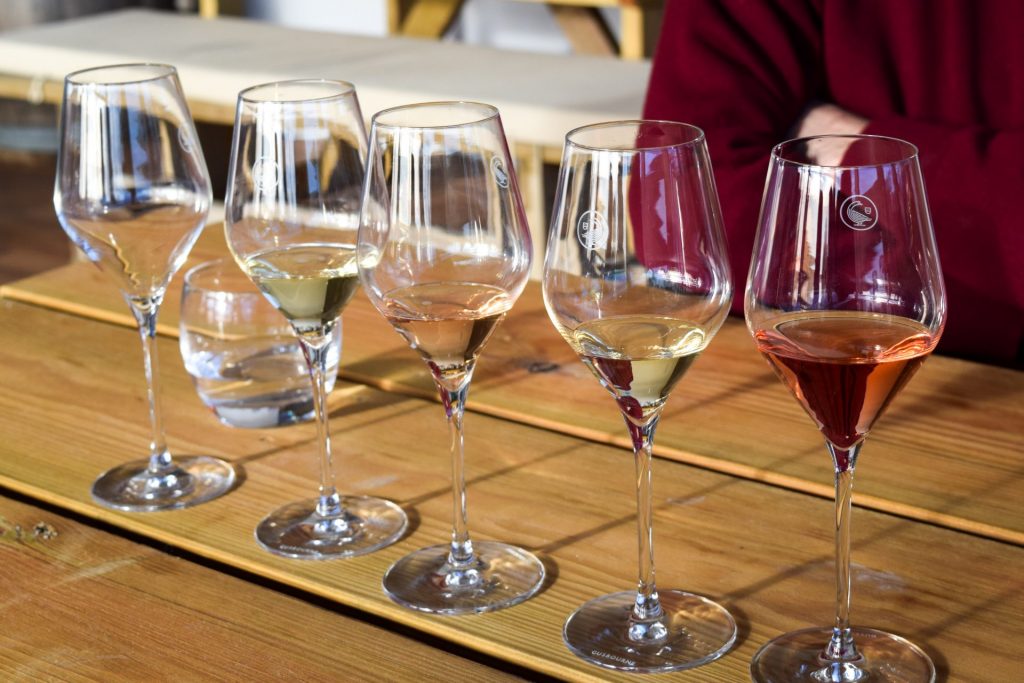
2017 Brut Reserve
Starting with what I call one of their ‘standard’ bottles, this reserve vintage was everything I’ve come to expect from a bottle of Gusbourne: apple-y with a good note of lemon and base notes of honeyed mead, with a strong acidity at the end of the sip and something that will go well with everything. It was also a great vintage to start tasting with as you could really taste all of the different notes in the wine, the perfume amplified by Gusbourne’s specially designed glasses which we purchased and have already started using at home!
2017 Rose
I was fascinated to learn that they make their rose pink not through grape skin contact as do most roses, but by blending red and white wine, giving them more control over the taste later on in the wine making process to produce a superior vintage. Also, unusually you can keep this wine for up to 5 years!
But what did it taste like? As you’d expect it had a good acidity in the mouth, but with a rich finish and a very dry red feel on the nose, something really curious and interesting. The fact that they make 250-300 different grape juices a year, taste them all but only choose 30-40 to blend into a vintage wine really shows in this one, showing a refinement not yet present in so many other pink English sparkling.
2018 Blanc de Noirs
Moving onto one of the special pair of wines we tasted, the Blanc de Noir is clean with barely any nose, before tasting open, fruity and a lot less acidic than some of their other vintages. It very much has a red fruit quality to it, especially when tasted to the white wine-related blanc de blancs we tasted side by side.
2016 Blanc de Blancs
Now this was the wine I could have happily sat there sipping all afternoon. It is the vintage they’re most proud of at Gusbourne, made in the year where they first started mixing grape juices made from their vines in both Kent and Sussex. Made from 100% chardonnay grapes (they grow 37 clones of the 3 varieties at Gusbourne so they have lots of different flavour profiles to work with, and so they’re not left high and dry if something goes wrong with a certain vine) it is honestly beautiful with a flavour to rival the very best of French champagnes: wonderfully acidic (but again, not too much) with a wonderful smoothness in the mouth and an unusually long finish. I wished I’d had a platter of oysters and the rest of the bottle to enjoy this with.
2020 Pinot Noir
It was lovely to have such a contrast from all the sparkling wines we were tasting. This Pinot Noir is bright and bold, especially for a rose where people expect them to be light, slightly wispy and pale. However it was well balanced, fruity with a hint of grapefruit, and unlike to sparkling rose, is made pink the usual way by including the grape skins in the wine making process. A rather lovely wine you should grab now to enjoy for next summer.
So, it is obvious I’m already a Gusbourne fan – and the tasting gave me the opportunity to try some of their special bottles that you don’t usually get by the glass that I’ll now be considering for special occasions – but what did my Dad think? Well, reluctantly he was impressed. He preferred, like the rest of us, the Blanc de Blancs as most like the French sparkling wines and champagnes he’s used to drinking, but he admitted he’d happily drink it the next time it is on offer – result!

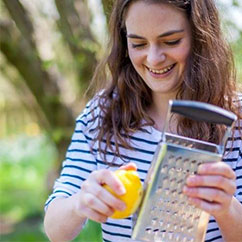
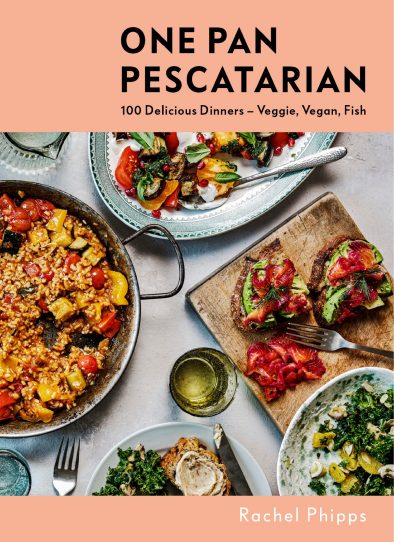
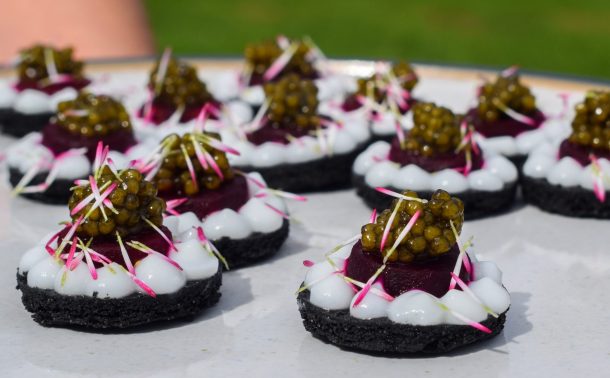


Discussion